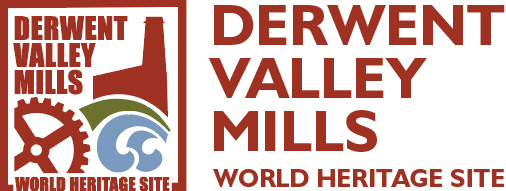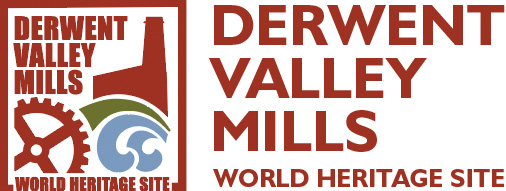Key Sites – Masson Mills
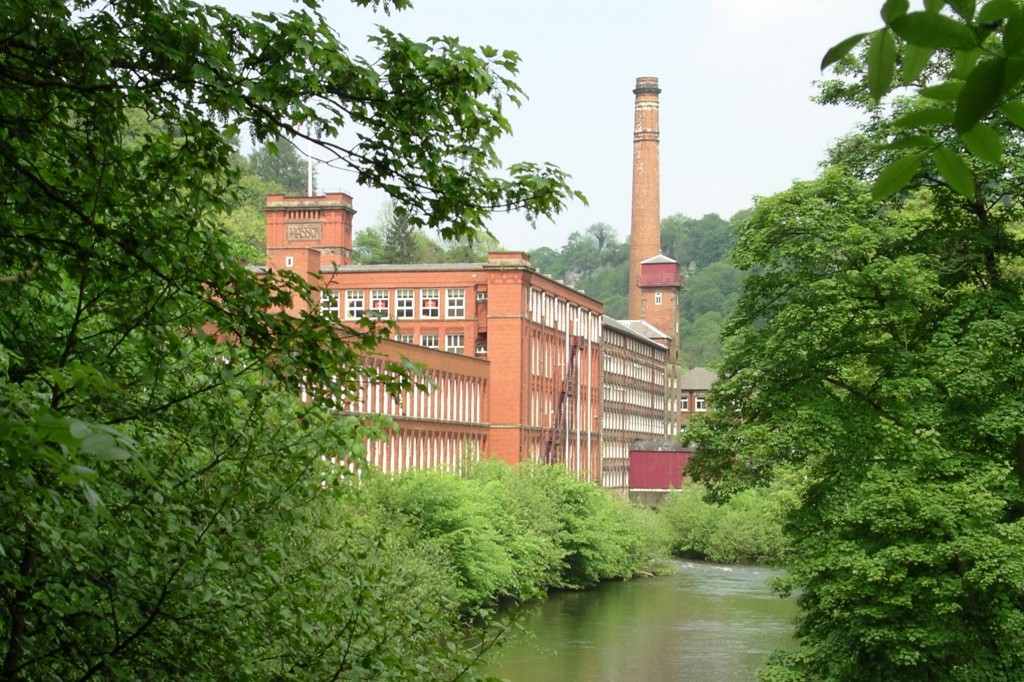
Masson Mills – Listed Grade II*
Masson Mill – built 1783 – proclaims Arkwright’s growing wealth and self confidence. Unlike the mills at Cromford, it is built on a major river, the river Derwent, which offered Arkwright the opportunity of a power source ten times greater than he enjoyed at his Cromford site.
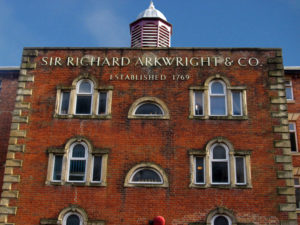
Externally, its design reflects a deliberate movement towards conscious architectural style, and its overall layout, incorporating the staircase and ancillary services in a central projection leaving production floors uncluttered, was an important advance on the early ‘Cromford’ style mills. Constructed in brick on a gritstone base, with stone quoins and window dressings, the original 21 bay 5 storey building was 43.8 metres long and 8.4 metres wide. The central 3 bays are advanced and have been given a decorative architectural treatment with a small lunette window between Venetian windows on each floor. It is capped with a cupola beneath which hung the mill bell.
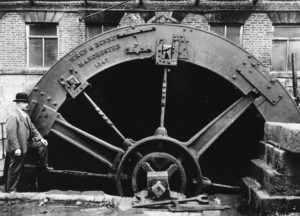
The mill was powered by a single waterwheel which, by 1801, had been replaced by two, a system which continued (with replacement wheels by Wren and Bennet in 1847) until turbines were installed in 1928. In its original form, the mill was built with a high parapet which concealed a low pitch roof but probably at the same time as the second wheel was added c. 1800, the roof was raised, as a result of which the mill acquired a useable sixth storey.
Buildings were added to the north and west of the mill by c.1835, some of which were subsequently demolished. In 1911, 1928, and more recently in 1998, extensions were added in Accrington brick.
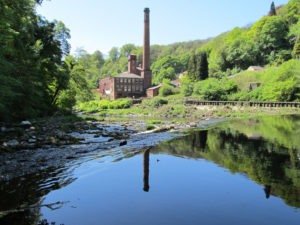
The mill chimney dates from 1900, and this and the engine house were the work of Stott and Sons, the famous mill architects. The mill has been extensively repaired and restored recently. The mill is now home to a museum and a retail village.
Masson Weir – Listed Grade II*
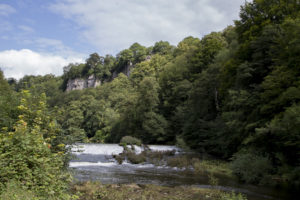
Masson Mill has an outstanding landscape setting in the wooded valley of the river Derwent, enhanced by a weir which is unusual on account of its convex shape. It is thought to have been built in this form because of the underlying rock structure at this point in the river. It is likely to have been an early addition to the Masson site, if not contemporary with the mill itself. The earlier paper mill on part of this site would not have justified the construction of a weir on this scale.
Unlike the mills at Cromford, the building of Masson Mill did not lead Arkwright to construct workers’ housing nearby. Most of those who worked in the mill lived either in Cromford in houses owned by the Arkwrights or in settlements nearby such as Matlock Bath or Bonsall. There is some evidence that cottage accommodation was created near the mill to take advantage of the economic opportunity created by its success. In 1784, Thomas Pearson began building a cluster of cottages close by. His son-in-law made later additions. A short row of formerly back-to-back houses at South End survives from this development.
